What should we do to maintain the substrate for a long time?
An excessive amount of sludge buildup on the substrate will lead to unhealthy plant roots and growth of blue green algae. An effective way to avoid these problems is to suck out sludge on the substrate during water change. Brown sludge can be suctioned out by bringing the tip of the water draining hose close to the substrate. Sludge can easily build up particularly at the substrate area covered with dense foreground plants. Focus on this area for sludge removal.
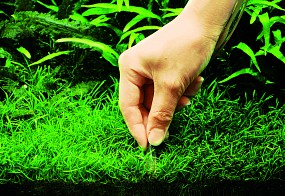
Sludge easily builds up between dense foreground plants. Suction out the sludge with a hose during water change.
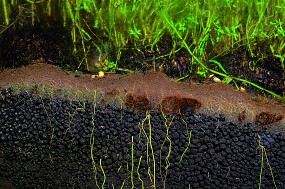
If sludge buildup on the substrate surface is left untreated, it may cause poor permeability of the substrate and increased growth of blue green algae.
What should we do to keep the aquarium glass surface clean?
The easiest and most secure way to remove algae on glass surface is to scrape them off with Pro ADA Pro Razor. You may observe white marks on the top portion and outer glass surface of aquarium after water is dried. This mark is caused by calcium carbonate and magnesium carbonate and it can be removed by dissolving with acid. Wipe off the mark slowly with a cloth or tissue paper dampened well with ‘be Soft’.
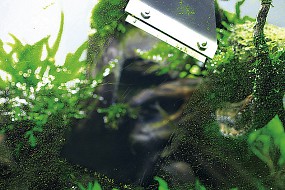
Stubborn algae on the glass surface can easily be removed by scraping off with ADA Pro Razor.
1. Before treatment:
Dried water drops leave a white mark due to the calcium carbonate contained in them.
2. During treatment
Dissolve the mark and wipe it off with a cloth dampened with Do!Aqua be Soft.
3. After treatment
Stubborn white mark was removed and the glass surface became clean.
supporting products:
Do!aqua be Soft | ADA Pro Razor
How do we remove brush algae?
Remove algae on stones and driftwood by scraping them off with ADA Pro Picker or applying ADA Phyton Git with a brush. When it comes to the plant, these methods can be used only on hard Anubias leaves (be careful if other aquatic plant leaves come into contact with ADA Phyton Git). It is also advisable to add algae eater Crossocheilus siamensis to aquarium to prevent brush algae.
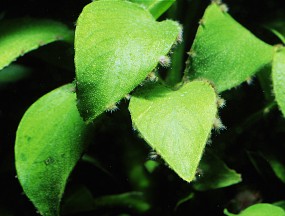
Brush algae on Anubias leaves are hard. Even Caridina japonica do not feed on them.
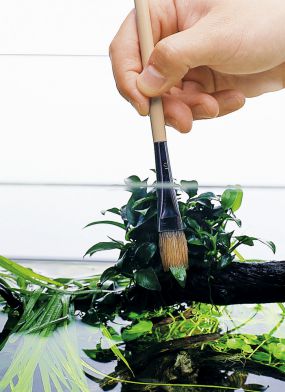
Drain water from aquarium and apply ADA Phyton Git diluted with the same amount of water directly to the leaves with a brush. Algae will wither away.
How do we remove filamentous algae?
Basically, filamentous algae are removed by suctioning them out together with water. If they are tangled with aquatic plants, it may be faster to trim the plant. When filamentous algae grow in an aquarium, the filter media are often dirty. It is advised to clean filter media at an earliest opportunity. Filamentous algae are vulnerable to phosphate. Add Do!Aqua be Clear to the aquarium to supply phosphate in order to prevent growth of filamentous algae.
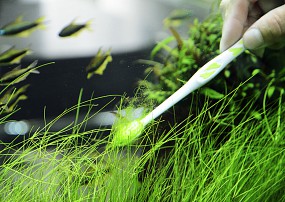
Filamentous algea tangled with aquatic plants can also be removed by twisting them around a toothbrush
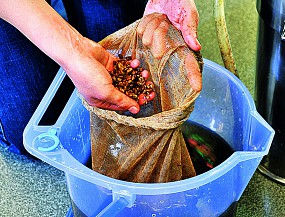
Lightly rinse and clean filter media with aquarium water in a pail and then put them in the filter
Source and Copyright of the article/photos - Aqua Design Amano - ADA